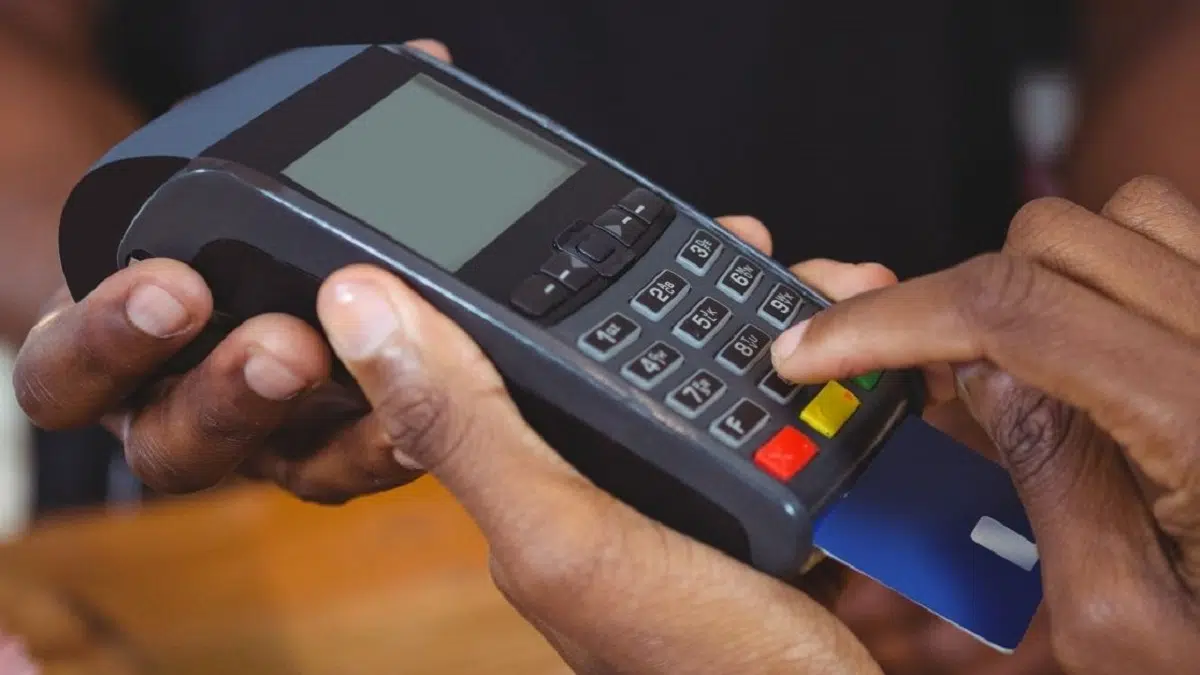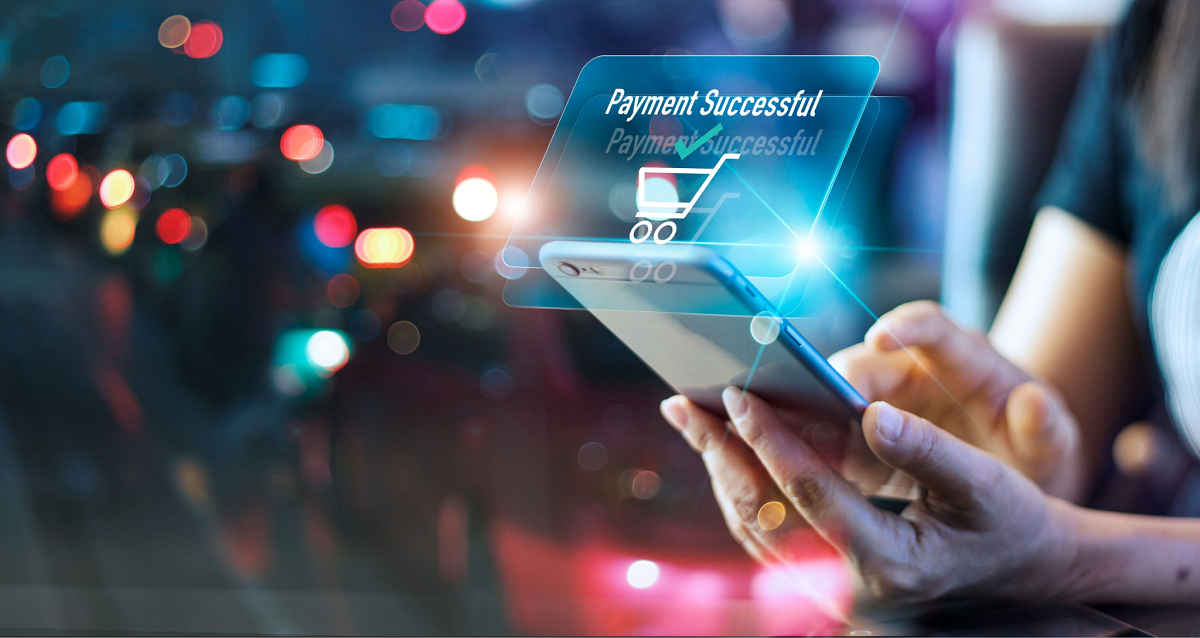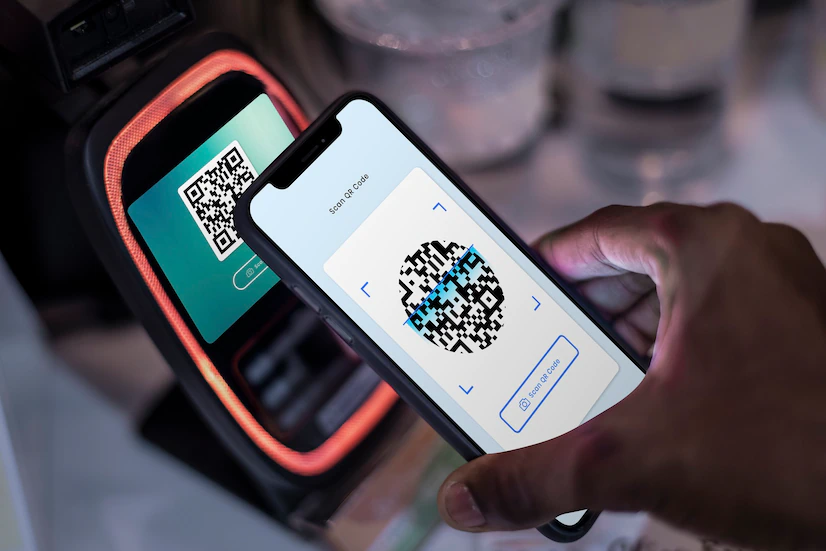Writer: VICTOR IRECHUKWU, Head of Engineering at OnePipeIn recent years, non-bank providers have been integrating financial services into various products and services. This enables merchants that have these embedded financial services to interact with their customers in new ways.
Recall Nigeria’s recent cashless experiment? The main problem was not because the country wanted to go cashless, rather, people were unable to pay for goods and services. Yet, embedded finance could have solved this.
There were stories for instance in the poultry industry where thousands of farmers were said to have disposed of their eggs simply because they were dependent on cash. Maybe not individually but the value chain in which they operated was cash dependent. But what if one of the many big players had introduced embedded finance in that value chain?
The European Merchant Bank notes that embedded finance has the opportunity to truly change the financial sector forever, reaching a $138 billion value by 2026.
Other estimates value this market in the trillions of dollars over the next decade, and Nigeria can also tap into these potentials in driving a cashless economy.
Here are three possibilities with embedded finance:
1. Embedded payments

Embedded payments refers to the integration of payments capabilities within an app or a platform that was not primarily designed to offer financial service. What it does is that when users need to make payments within that ecosystem, they need not go outside of it before money can be exchanged.
So, imagine in the midst of all the commotion from Nigeria’s cashless experience, if more organisations providing goods or services had embedded payments, there would have been less worry for Nigerians desperate to find cash.
From such platforms, payments could have served a wide range of reasons, depending on what segment of the economy they were serving.
Examples abound in western markets from Starbucks, Uber, Amazon, Google and even WhatsApp which has a payments service.
Having some of such platforms locally, would have provided reputable intermediaries trusted by people expecting to get paid. For emphasis, while the fear of fake transfers remained an obstacle for some people, receiving payment via WhatsApp (for instance), which they already trust and use daily, would have been easier to adopt.
2. Embedded credit

This works both ways. On one hand, it can enable businesses to extend credit to their customers, allowing them to transact without the need for cash. On the other hand, it can be particularly useful for small businesses, which are already mostly starved of credit, to get access to lending that can keep them afloat when they do not have cash to operate.
What happens when you operate in an industry where vendors are bent on collecting cash before they supply you inputs? This happens a lot, beyond the urban, cosmopolitan areas of Nigeria, where cash still reigns.
In other instances, those coming to buy from you, after you have sourced inputs and produced a thousand eggs, usually only bring cash. However, since their retail side customers did not have access to cash during the cashless period, it means they also didn’t have money to buy from you. As simple as this may sound, it led to the collapse of many businesses.
A solution to both sides of this chaos could have been embedded credit. If enterprises had adopted one platform or the other, which allowed them to embed credit products into their business platforms, they could have been able to allow their consumers to apply for, acquire and repay loans within the platform. They could also have secured credit for their business, maybe in the form of inputs to keep their businesses afloat during the cashless period.
The best part is that they need not invest in custom made technology. These could in fact, be done at, say, cooperative or association levels, and not borne by individuals.
3. Embedded banking

Imagine paying your Uber driver after a trip, but doing so from your wallet in the Uber App. The driver gets this money but does not need to move it to their ‘regular bank account’. Why? Because the ride-hailing app has a feature for a savings account.
This would mean whatever transactions they needed to do from a bank account could now take place from that same Uber app where they picked a customer, got paid and can in turn pay for anything they need.
The payments and credit feature earlier discussed, as well as everything else you can think of in a bank setting, can take place from this facility. This may sound foreign, but an ecosystem like this is possible in Nigeria. It in fact, depicts what could be a perfectly cashless environment. It could even go as far as issuing debit cards, which are linked to that account for them to pay for whatever they somehow can’t do from the app.
Embedded finance can deliver a win-win situation to both businesses that embrace them as well as their customers. The ease of access and low cost to entry is likely to make it viable across social demographics in a place like Nigeria.






